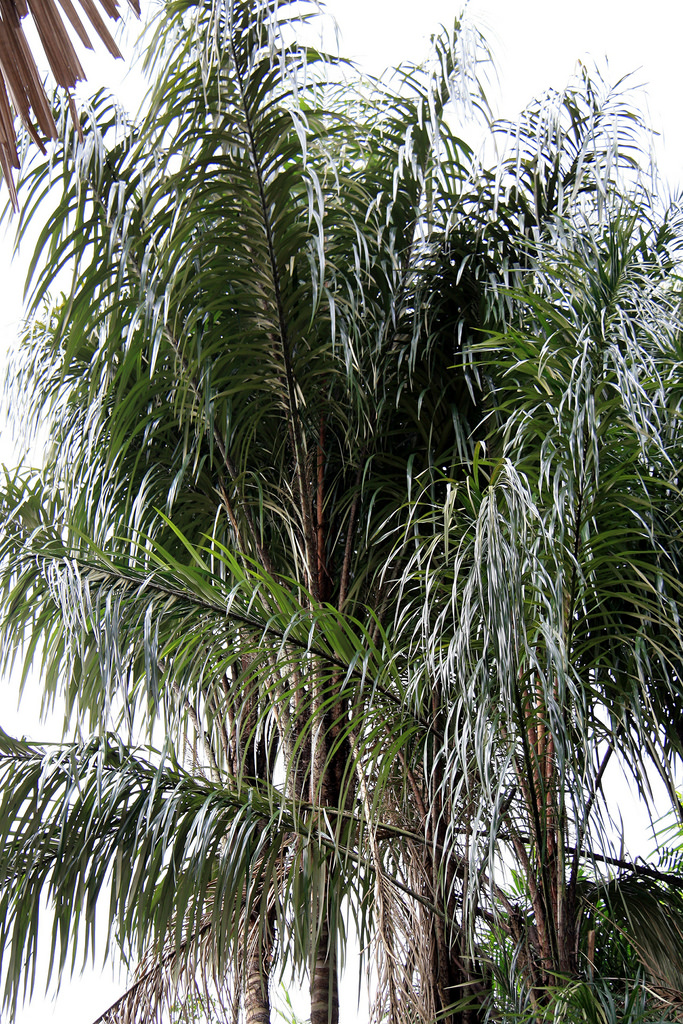Astrocaryum aculeatum
(Astrocaryum aculeatum)

Description
Astrocaryum aculeatum ( Tucumán , acaiúra , acuiuru , coco-tucumã , tucum , tucumã-açu , tucumã-macaw , tucum-açu , tucumaí-the-upland , tucumãí-uaçu , tucumã-Piririca , tucumã-Purupuru or Tucumã- the -mato ) is anative palm to tropical South America and Trinidad . It grows up to 15 m (49 ft) tall and is usually solitary. It has ascending leaves, erect inflorescence, and yellow fruit. Astrocaryum aculeatum was first described by German botanist Georg Friedrich Wilhelm Meyer in 1818 based on a specimen from the Essequibo River in Guyana. Astrocaryum aculeatum is found in and around the Amazon Basin, from Trinidad and Tobago in the north, through Venezuela, Guyana, Suriname, the Brazilian states of Acre, Amazonas, Pará, Rondônia, Roraima and south through the Bolivian departments of Beni, Pando, Santa Cruz.
Taxonomic tree:







